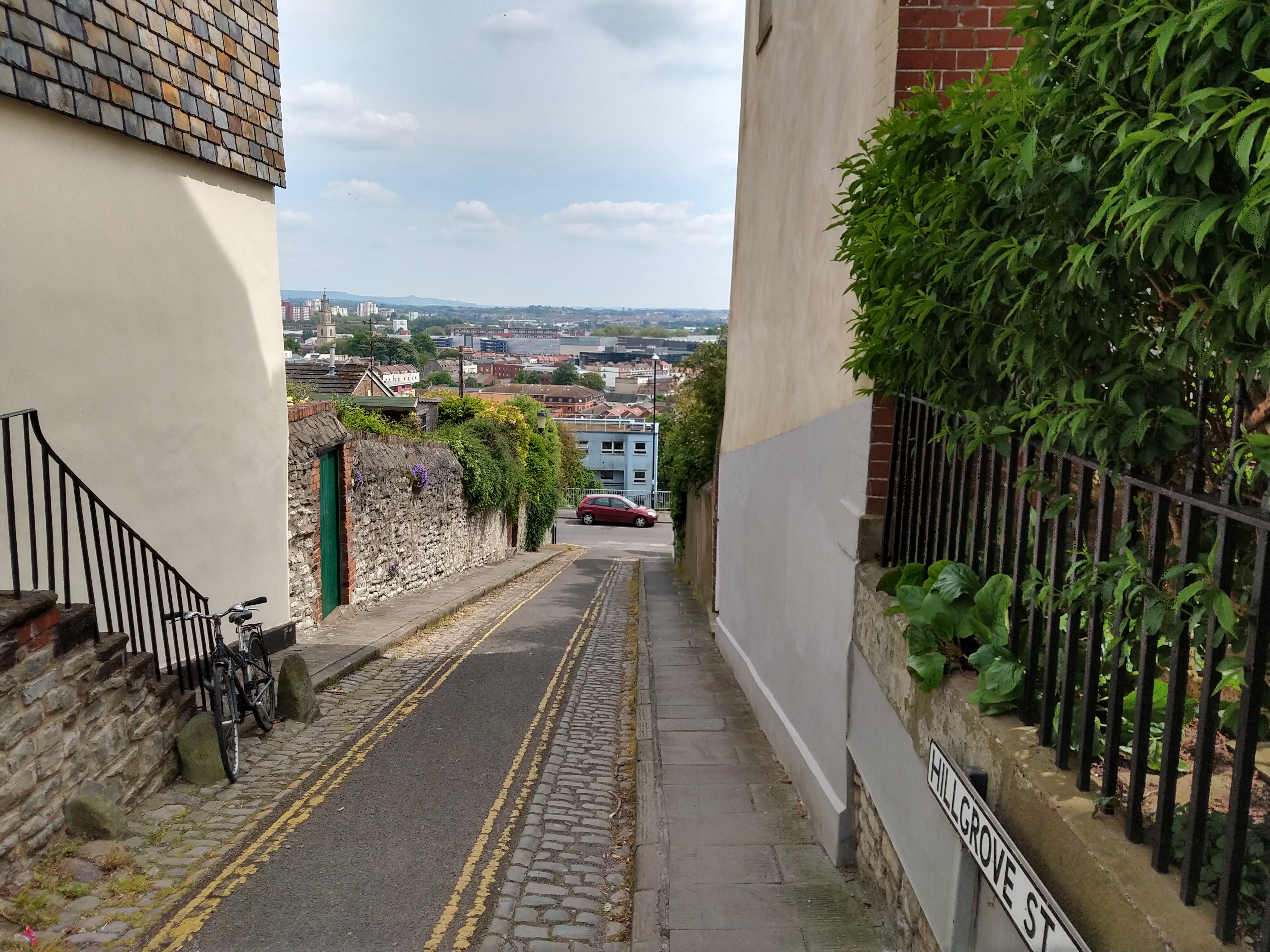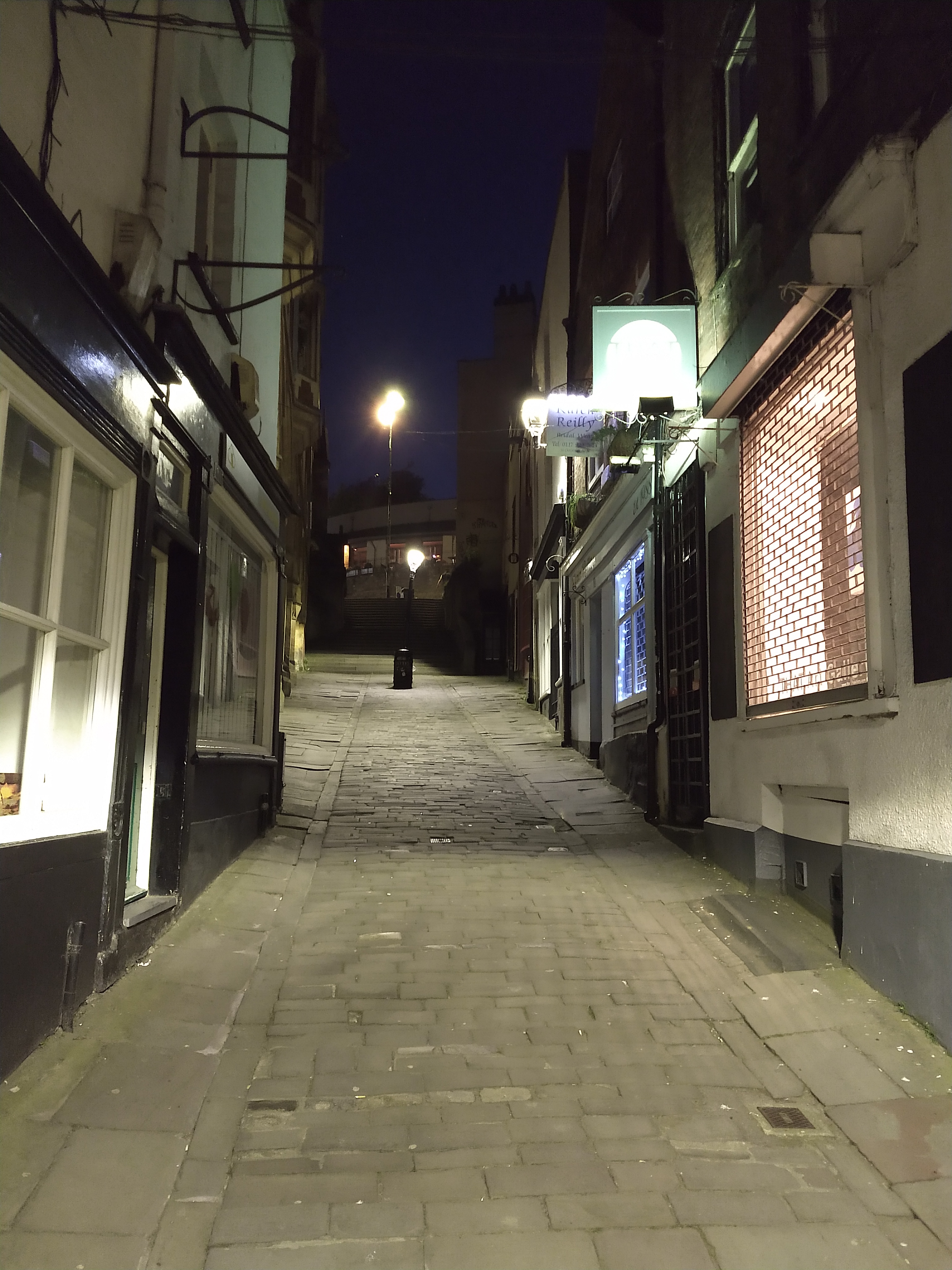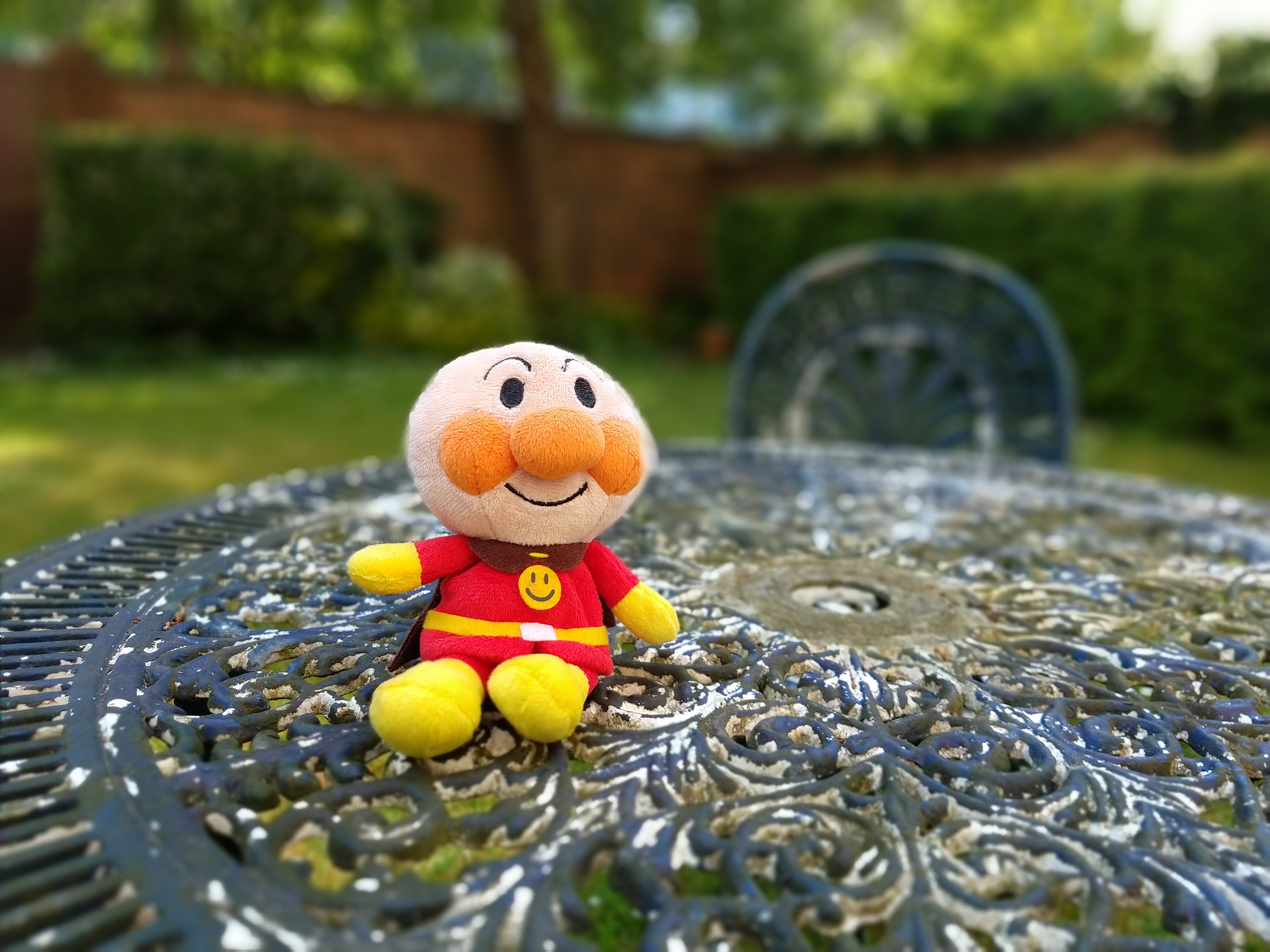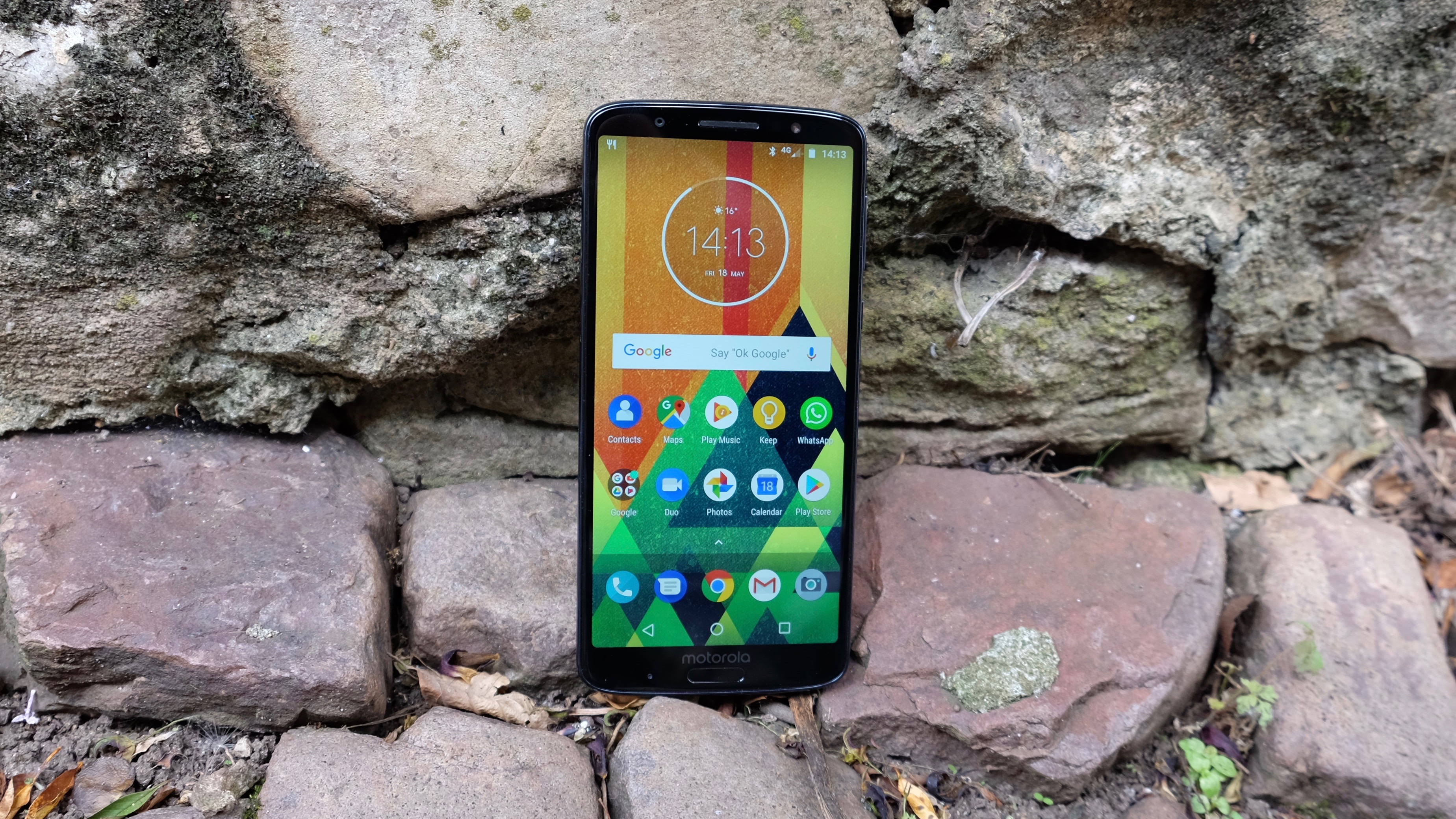Why you can trust TechRadar
Battery life
- 3,200mAh battery
- TurboPower charging enables 20% charge in 15 minutes
The Moto G6 Plus comes with a 3,200mAh battery, which is a little larger than the 3,000mAh unit in the Moto G6. This is a smart move given the larger, brighter display.
Sure enough, making it through a full day of moderate usage with the Moto G6 Plus was no problem at all. In fact, we found that we were able to get through a second day of light to moderate usage fairly frequently. It was when we started hitting the heavyweight media applications that things got a little more stretched.
When putting the Moto G6 Plus through the standard TechRadar video test (a 90-minute 720p looping video with the screen brightness set to full) the results weren’t massively flattering. It lost 20% of its juice on average.

That’s about the same as the Moto G6 (21%) but is a little shy of the Huawei P20 Lite (17%) and way short of the Moto Z2 Play (10%). Gaming performance seemed to be a little better, however, with 15 minutes of sustained Guns of Boom action sapping just 4% of battery life.
Motorola’s Turbo Charging function was one of the earliest smartphone quick charging solutions out there, and it’s present and accounted for on the G6 Plus. We found that we could get 20% of a charge after just 15 minutes of plug-in time. That’s about par for the course with such tech, but it’s mighty handy regardless.
One thing that’s not present here is wireless charging. You might not expect to see such a feature on a budget phone, but the presence of a glass back – and the phone’s ‘Plus’ status - might have raised your expectations somewhat.
Camera
- Dual-sensor camera with 12MP and 5MP on the rear
- 5MP shooter is used for depth sensing for Portrait mode
- Front-facing 8MP shooter
Motorola might have fitted the Moto G6 Plus out with a completely different display and chipset to the original G6, but its camera setup looks distinctly familiar.
Once again we’re looking at a dual-sensor affair, with a main 12MP camera backed up by a 5MP secondary unit. Fundamentally this camera is capable of capturing vibrant, sharp images, but it requires a little care and attention to do so.
If anything, the G6 Plus is a slightly better shooter than the G6. It has a brighter f/1.7 aperture (as opposed to f/1.8), while dual-pixel autofocus provides a stronger lock-on process. On the video front you get 4K at 30fps, which is better than the 1080p capture that the G6 can manage.

In terms of image quality, there’s little difference. Give the Moto G6 Plus camera ample light and minimal movement, and it can take great shots with accurate colors. There remains a distinct case of shutter lag, however, and that’s not the only case of sluggish camera performance.
Following the exploits of a waddling duck one bright May evening, we were struck by how many of the resulting stills were blurry and failed to freeze the subject in motion. The phone’s autofocus and shutter systems simply didn’t seem able to cope with what was a relatively straightforward situation.
The sluggish nature of the camera is something we experienced on numerous occasions, resulting in far more blurry motion shots than we would have expected.
Elsewhere, a number of landscape shots taken in similar conditions to the duck shots revealed a murky foreground and overexposed skies, suggesting that the automatic HDR mode wasn’t quite responding to the scene in an optimal fashion.
Generally speaking, though, the HDR mode is pretty good at producing balanced shots without any weird artefacts.

Quirks aside, there’s plenty to enjoy with the Moto G6 Plus's camera. As we’ve come to expect with similar efforts from other manufacturers (including Huawei and Apple), the second sensor is used to provide additional depth information for a dedicated Portrait mode.
It’s one of the more pleasant modes of this kind that we’ve used, with a pleasantly deep background bokeh effect and a subject that really pops. There are elements around the edge of that subject that invariably get smudged out in the process, but this isn’t uncommon with such dual-camera features at this point.
There’s also the ability to edit the depth data after the image has been taken, to the point where you could blur out the subject and focus in on a background detail. This actually works surprisingly well, and can completely change the tone of your shot.
Elsewhere, Motorola’s ‘dual twist’ gesture remains an effective way of jumping straight to the shot when you’re in a hurry.

Another interesting – if not wholly successful – Moto camera feature is object recognition. Tap the yellow box icon, near the shutter button, and the Moto G6 Plus will attempt to identify the subject. It will then provide appropriate links to help you locate those objects in (for example) online shops.
It’s impressive in so much as it recognizes some objects (a PS4 controller, a particular brand of chocolate) and makes a reasonable fist of recognizing others (it saw a retro Mario Amiibo as a generic Mario action figure).
But it also thought that a Nintendo Switch Pro controller was an Xbox pad, and while it identified a Panda Bear CD correctly, it thought that Primal Scream’s XTRMNTR was The Legend of Zelda for the Wii. Which was weird.
Plus, it invariably takes ages to process the image information, to the point where we’d be disinclined to try it in the middle of a shop.
Camera samples







Current page: Battery life and camera
Prev Page Introduction, design and display Next Page Anything else I should know?
Jon is a freelance journalist who has been covering tech since the dawn of the smartphone era. Besides TechRadar, his words and pictures have appeared in The Telegraph, ShortList, Tech Advisor, Trusted Reviews, Expert Reviews, and more. He largely covers consumer technology, with a particular focus on smartphones and tablets. However, he's also been known to dabble in the worlds of entertainment and video games.
